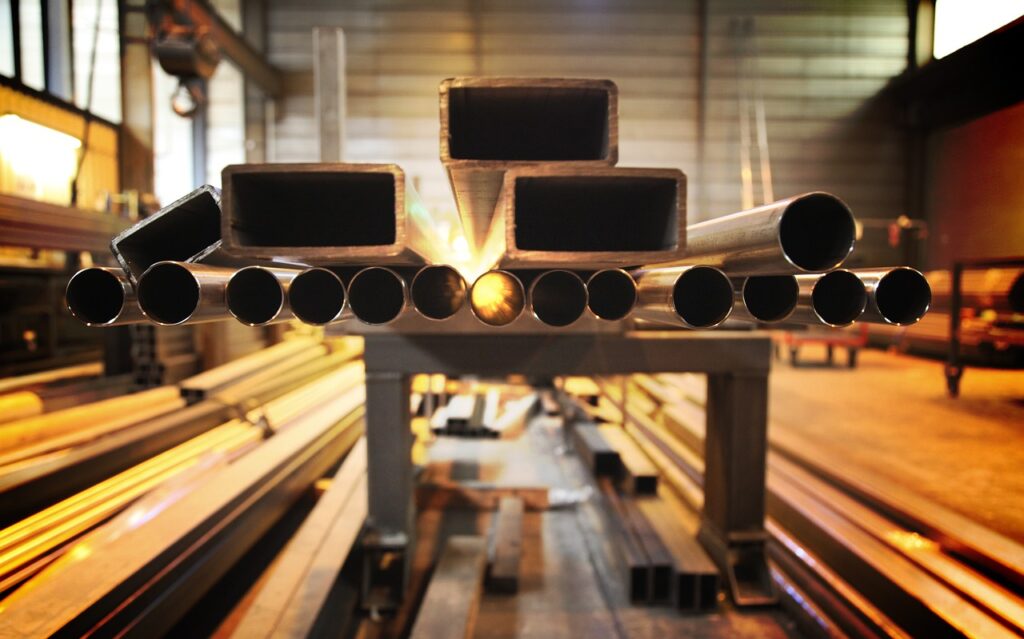Europe’s steel industry is facing a monumental challenge: decarbonization. Axel Eggert, CEO of the European Steel Association (EUROFER), asserts that the industry requires a staggering 5 million tons of hydrogen annually to achieve this goal.
However, despite the industry’s readiness to adopt hydrogen by 2026-2027, there exists a critical gap in supply. Conventionally produced hydrogen, priced at €10-11/kg, is prohibitively expensive for the industry, necessitating a drastic reduction to €2-3/kg for competitiveness.
Participants at the specialized conference in Poland concluded that Europe is poised to embark on a lengthy journey, spanning 20-25 years, to secure adequate hydrogen supplies for decarbonizing its steel sector. This stark reality underscores the urgent need for strategic planning and concerted efforts to bridge the supply-demand gap.
Amidst the push for hydrogen adoption, carbon capture and storage (CCUS) emerges as a critical component for the steel industry’s development. Eggert emphasizes its necessity, particularly as the EU’s free carbon emission allowances expire by 2034. With renewable energy alone unable to meet existing demand, CCUS becomes imperative to sustain coal-based steel production in the interim.
Germany’s recent agreement on a financing mechanism for its future hydrogen network signals progress in the region’s decarbonization efforts. The extension of the construction period to 2037 and investor protection measures provide a conducive environment for investment. With the main hydrogen network stretching over 9.7 thousand kilometers and leveraging existing gas pipelines, Germany demonstrates a commitment to transitioning towards a hydrogen economy.
